Spinal Decompression Therapy
Successful treatment of bulging discs, herniated discs, spinal stenosis, sciatica, spinal arthritis, and degenerative disc disease.
Find Out If You're A Candidate for Spinal Decompression Treatment
What is Spinal Decompression Therapy?
Back pain can stem from a number of issues. Some of the more serious causes are damaged spinal discs. You may experience:
- Low Back Pain
- Radiating Arm or Leg Pain
- Tingling or Numbness
- Arm or Leg Weakness
- Headaches
Disc injuries like herniated discs, bulging discs, degenerative disc disease, spinal stenosis and symptoms like sciatica can we reversed in many cases with Spinal Decompression Therapy.
Types of Disc Injuries
Bulged Disc
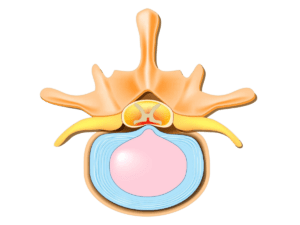
This type of disc injury is very common – one in seven people walk around with small, bulged discs in their spine with NO symptoms. This means that at some point the disc was injured and began to swell and tear. If the bulge is large enough or in the wrong place, it can put pressure on the spinal cord or the nerve root – this type of disc injury responds very well to conservative care. If a bulge is present in the spine think of it as a warning sign to align and stabilize the spine before it progresses to a more serious disc condition.
Herniated Disc
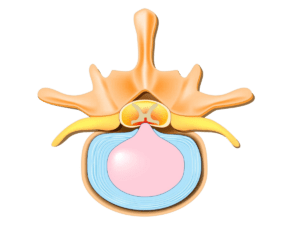

When the outer fibers of the disc (annulus fibrosis) tear all the way through and the gelatinous nucleus pulposus is pushed out into the tear -the disc is considered “herniated”. The tear itself can cause what is known as discogenic pain – pain arising from the disc. If the herniation is directly onto a nerve root, this puts both physical pressure on the nerve root and the inflammatory chemicals from the disc injury invade the nerve root and cause it to swell as well. With a herniation, there are two causes of pain, direct pressure on nerves and swelling of the nerve.
This is important to understand to successfully treat the herniated disc – it is essential to reduce BOTH the physical pressure on the nerve and to reduce the swelling or inflammation. Must treat both for success
Protruded Disc
When the outer fibers of the disc are torn, and the central disc pushes through and beyond the tear the disc is said to protrude. This is a more serious condition and typically takes longer to heal. The same injury to the nerves applies as in the herniated disc.
Extruded Disc
When the inner nucleus is pushed through the outer fibers and separated from the disc entirely the disc is considered a disc fragment or extruded. This can also be called a sequestered disc. This is the most difficult to manage and may require surgery to remove the fragment.
Spinal Stenosis
Narrowing of any opening is called stenosis, this happens to chronically inflamed arteries, too. In the case of spinal stenosis there is a combination of two factors: thinning of discs and arthritis of the spinal joints, essentially causing bone-on-nerve pressure. The space between the spinal bones or vertebra is called the IVF (intervertebral foramen). There are four sides, if you will, to this opening. On the front side is the disc, top and bottom of the opening are the spinal joints and at the back of the opening is a ligament (ligamentum flavum). When a spinal disc loses water and begins to thin, the IVF narrows top to bottom. At the same time the spinal joints undergo degeneration and begin to develop boney spurs (typically spinal arthritis) further narrowing the opening. As a result of the mechanical stress caused by the disc thinning and the joint arthritis, the ligament thickens. This creates a trifecta resulting in narrowing of the IVF also known as spinal stenosis. Conservative treatment for this is different than a herniated disc. While this condition cannot be “cured”, it can be stabilized and managed.
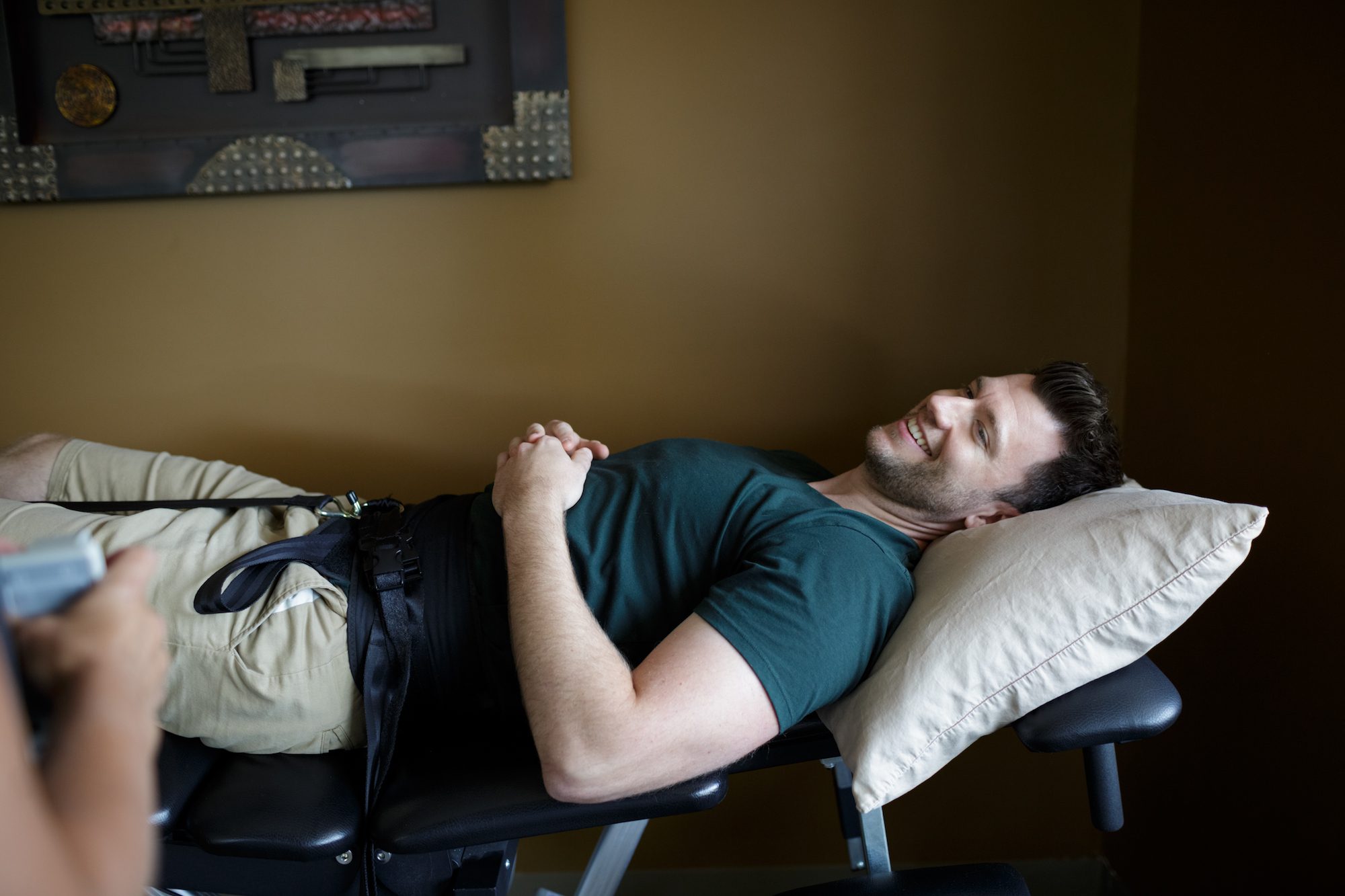

See if you're a candidate for Spinal Decompression Therapy
Schedule your consultation today and avoid unnecessary back surgery!
Spinal Decompression Therapy is a non-surgical, drug-free option that has helped many of our patients find lasting relief.
It’s a traction therapy that works by creating a “vacuum” effect between the vertebrae [the spine bones], which causes a negative pressure in the spinal discs, helping herniated material to retract.
This can significantly help conditions like bulging or herniated discs, degenerative disc disease, spinal stenosis, and even provide relief to sciatica.
Spinal decompression has helped thousands find relief and many avoided surgery.
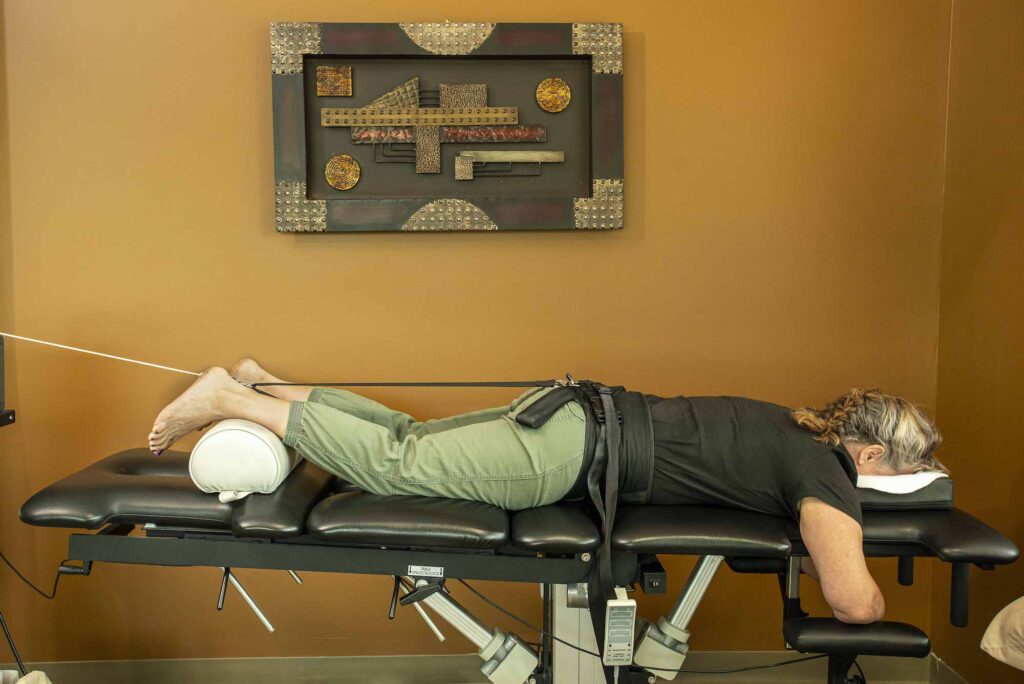

Three Phases of Treatment
What to expect
Phase I— Relief
The goal is to relieve the pressure on the nerves in your neck or back that is causing the pain. Most people find this treatment very relaxing and some even fall asleep. Relief varies according to your age, body structure, and degree of repair needed.
Phase II — Healing
As healing occurs in the neck or back, circulation is restored to the damaged disc and the healing of the disc tissue begins. This healing process occurs simultaneously with relief and reduction in symptoms.
Phase III — Strengthening
Following Spinal Decompression Treatment, you will begin strength restoration to re-stabilize your spine and prevent re-injury. By stabilizing your postural muscles with exercise, your muscles interact to reduce further stress on the spine.
See if you're a candidate for treatment TODAY!
Relief is closer than you think!
About Spinal Decompression Therapy at Vizuri
How it works
Vizuri Health Center utilizes computerized decompression, which relieves neck and back pain by reducing the pressure on the discs, spinal joints, and nerves. The ability to target specific discs and vertebral levels for decompression using individual patient settings, allows us to treat a wide range of acute and chronic pain syndromes.
Our program creates individual treatment plans based upon the nature of the condition. Once we see improvements, relief, and correction, we include exercises for stability in order to achieve long-term results. We also provide nutritional counseling, class IV Laser and other individualized therapies to help stabilize the spine All of these services, in addition to Spinal Decompression Treatment, helps patients accomplish true health and wellness.
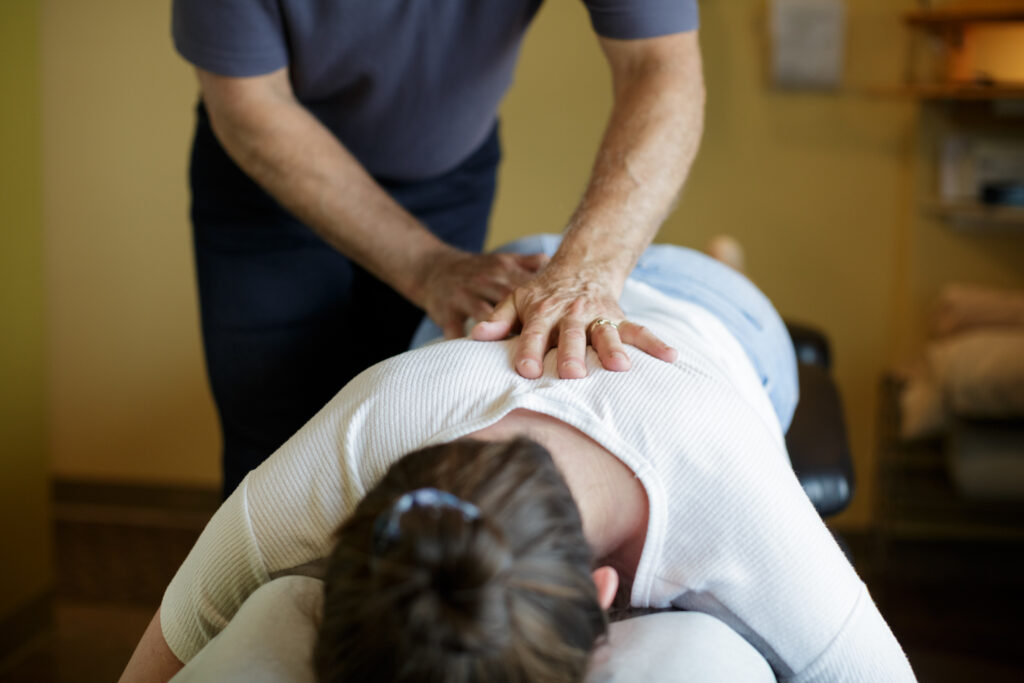

Did You Know...
You can have just 20% kidney or liver function left, yet show virtually no symptoms?
Your body will break down muscle, bone and other body tissue in order to free up nutrients for more important bodily processes?
Certain tests can identify environmental toxicities and their effect on your health?
Using objective laboratory testing allows your provider to evaluate your unique results & identify emerging health problems, before it’s too late?
Know the warning signs
Q&A
Can I use these tests to document optimal health and not just the absence of disease?
It’s not a one-size-fits-all. It is a personally-tailored program to meet your health needs.
What if something is majorly wrong? we will carefully note major and minor conditions that, if left untreated, may lead to serious illness.
Know the warning signs
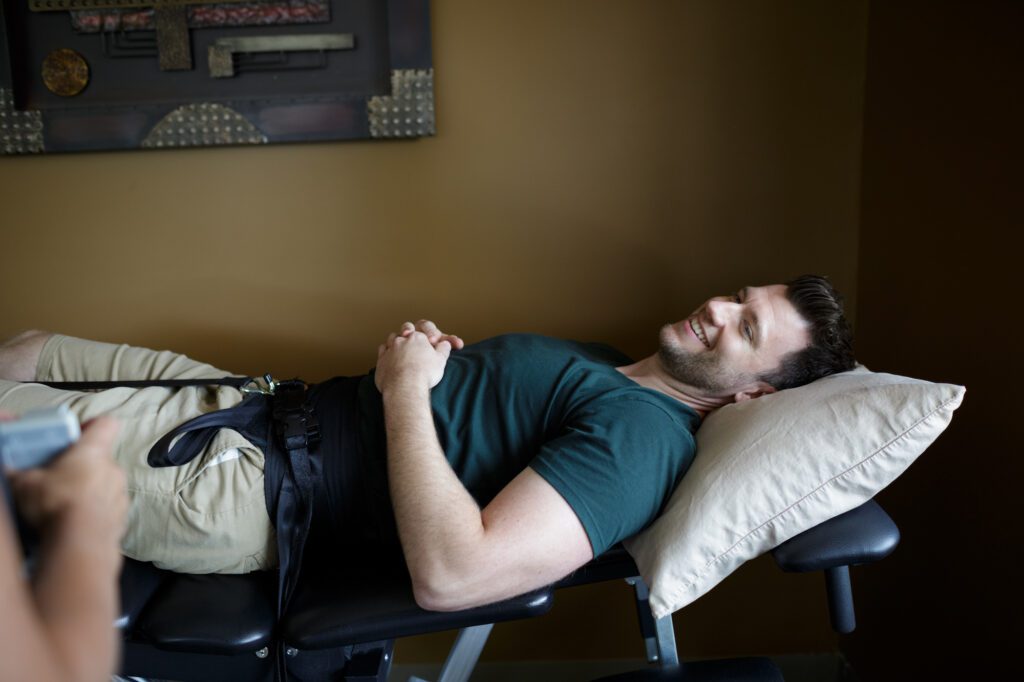

What is Spinal Decompression Treatment?
Spinal Decompression Treatment is a revolutionary therapy for neck and back pain that is affordable, gentle, highly effective, FDA cleared, and very safe. Individuals receiving treatment have been able to avoid surgery and dependence on medication.
By re-educating the nerve fibers through subtle movement, patients are able to restore health to the sensory nerves; transmitting healthy signals rather than debilitating pain. Patients suffering with chronic pain now have an option. This is a treatment that is successful in alleviating pain.
The great thing about Spinal Decompression Treatment is a majority of people who suffer from chronic and severe neck and back pain are potential candidates. Many individuals experience relief from chronic pain with no recovery time, start working again, play with their kids, and get back into life!
Three Phases of Treatment:
Phase I— Relief
The goal is to relieve the pressure on the nerves in your neck or back that is causing the pain. Most people find this treatment very relaxing and some even fall asleep. Relief varies according to your age, body structure, and degree of repair needed.
Phase II — Healing
As healing occurs in the neck or back, circulation is restored to the damaged disc and the healing of the disc tissue begins. This healing process occurs simultaneously with relief and reduction in symptoms.
Phase III — Strengthening
Following Spinal Decompression Treatment, you will begin strength restoration to re-stabilize your spine and prevent re-injury. By stabilizing your postural muscles with exercise, your muscles interact to reduce further stress on the spine.
Spinal Decompression
Successful treatment of bulging discs, herniated discs, spinal stenosis, sciatica, spinal arthritis, and degenerative disc disease.
Vizuri Health Center utilizes computerized decompression, which relieves neck and back pain by reducing the pressure on the discs, spinal joints, and nerves. The ability to target specific discs and vertebral levels for decompression using individual patient settings, allows us to treat a wide range of acute and chronic pain syndromes.
Our program creates individual treatment plans based upon the nature of the condition. Once we see improvements, relief, and correction, we include exercises for stability in order to achieve long-term results. We also provide nutritional counseling, class IV Laser and other individualized therapies to help stabilize the spine All of these services, in addition to Spinal Decompression Treatment, helps patients accomplish true health and wellness.
Pain Relief
Improved Movement
Freedom
Increased Energy
Healthy Back Without Surgery
